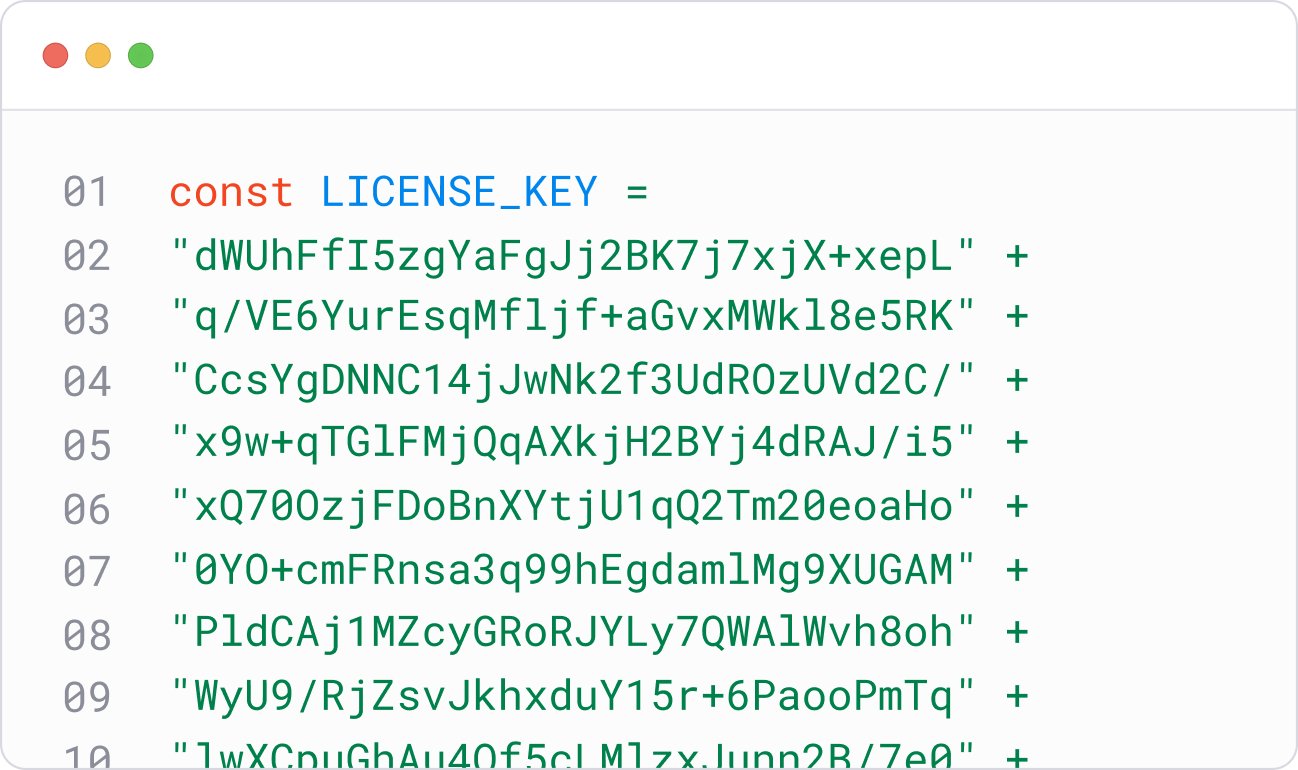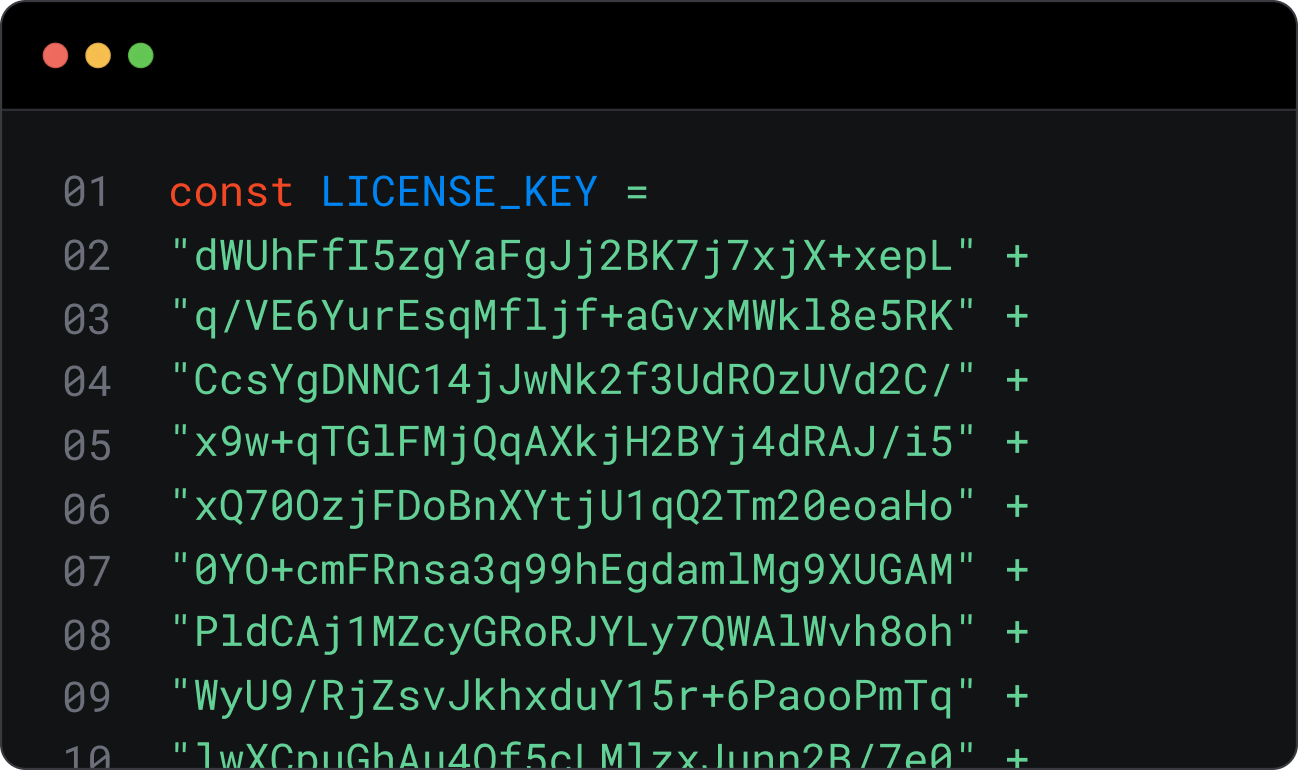You can find your app’s identifier in a platform-specific file or through your IDE. It’s known as the Bundle ID for iOS, the Application ID for Android, and the Package Name for Windows (UWP). These identifiers are crucial because they uniquely identify your app. We, for example, use them to bind trial licenses for our mobile SDK.
Where you can find your app ID varies by platform and development framework.
iOS (Native, React Native, Flutter, Ionic)
For iOS apps, you can find the Bundle ID in Xcode. Open your project, select your app target, and go to the "General" tab. The "Bundle Identifier" field has the value you need.
Android (Native, React Native, Flutter, Ionic)
For Android apps, you'll usually find the Application ID in your project's android/app/build.gradle file. Open this file, then look for the defaultConfig section. The applicationId property within this section holds your Application ID.
.NET MAUI
If you're using .NET MAUI, the ApplicationId property acts as the unique identifier for both iOS and Android. Open your main project file (the one ending in .csproj) and look for ApplicationId.
Windows (UWP)
For Universal Windows Platform (UWP) apps, you'll find the Package Name in your Package.appxmanifest file. Inside this file, locate the <Identity> tag. The Name attribute within this tag is your Package Name.
For more details and visual guides, check out our dedicated blog post on finding your app ID on different platforms.

